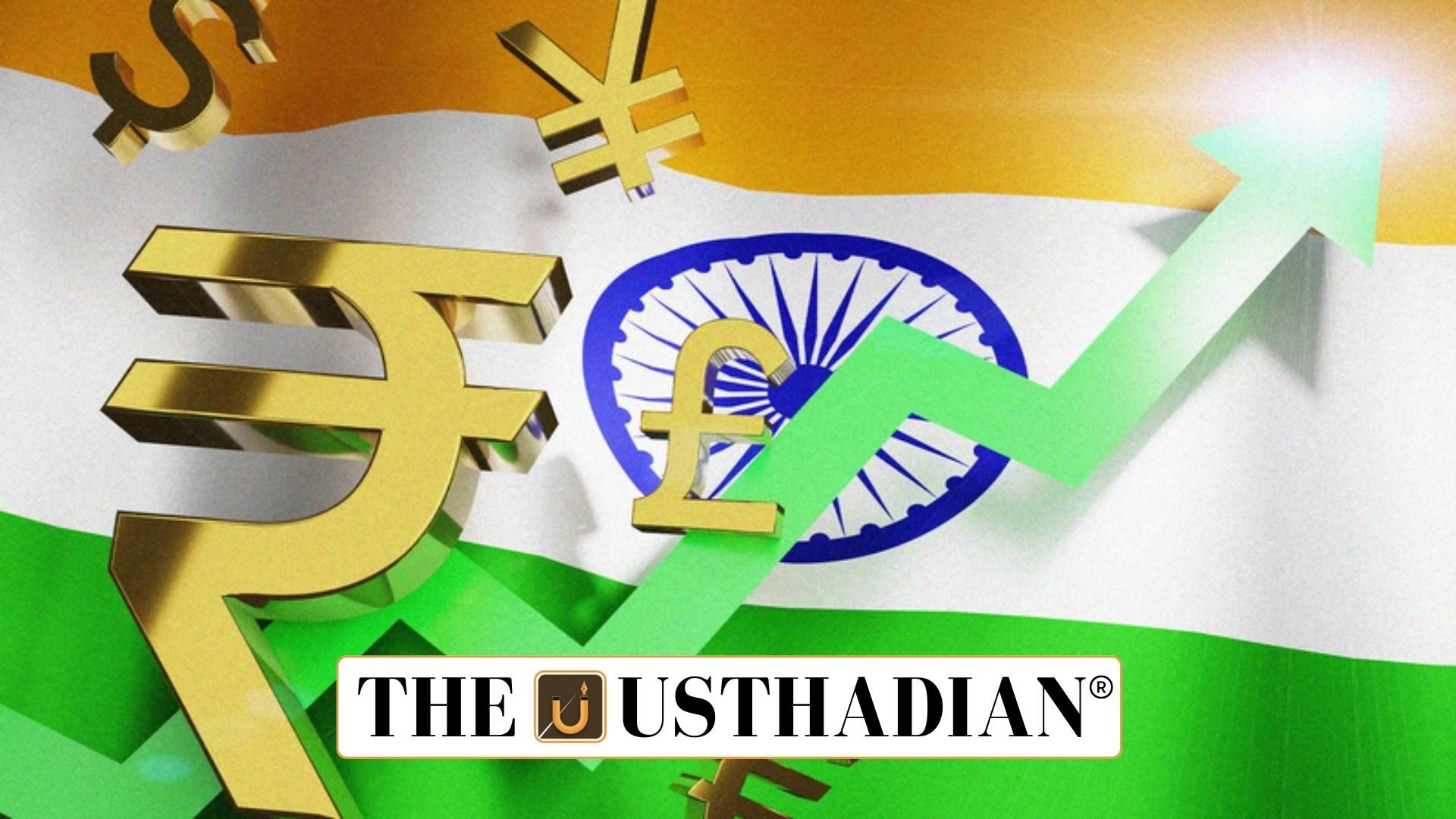India’s Economic Rise
India to Become Second Largest Economy in PPP by 2038: A new analysis from EY, drawing on IMF estimates, suggests that by 2038 India will rank as the world’s second-largest economy in purchasing power parity (PPP) terms, with an output projected at USD 34.2 trillion. This milestone reflects India’s transformation into a leading contributor to global economic momentum.
Static GK fact: The Purchasing Power Parity (PPP) method measures the value of currencies based on the cost of goods and services, first popularized in international economics in the 20th century.
Strength of a Young Population
India’s demographic structure is a critical growth driver. With a median age of 28.8 years in 2025, the nation holds the advantage of being the youngest among major economies. A younger workforce fosters productivity, entrepreneurial activity, and stronger consumption demand.
Adding to this advantage, India maintains one of the highest savings rates globally, enabling greater capital formation. This financial cushion strengthens investment opportunities and supports rising domestic demand.
Fiscal Consolidation Path
Unlike several developed economies burdened with growing debt, India is moving toward fiscal stability. The public debt-to-GDP ratio is expected to decline from 81.3% in 2024 to around 75.8% by 2030. This improvement reflects fiscal prudence and strengthens the country’s image as a safe investment destination.
Static GK fact: The FRBM Act of 2003 was introduced in India to promote fiscal responsibility and limit deficits.
Reform-Driven Growth
India’s economic strength also lies in its reform-oriented governance. Several measures have reshaped the financial and business landscape:
- GST simplified the indirect tax framework.
- IBC improved the resolution of corporate distress.
- UPI and digital platforms expanded financial inclusion and seamless transactions.
- PLI incentives encouraged manufacturing and export growth.
These measures have modernized the economy, strengthened compliance, and improved investor confidence.
Focus on Infrastructure and Technology
Large-scale spending on infrastructure projects has improved connectivity and efficiency, creating conditions for sustained growth. At the same time, strategic investment in emerging technologies like artificial intelligence, semiconductors, and clean energy places India in a favorable position for the future.
Static GK Tip: The National Infrastructure Pipeline was introduced in 2019 with plans to invest ₹111 lakh crore by 2025 across multiple sectors.
Comparing with Global Peers
The EY findings also highlight challenges facing other economies:
- China, while still leading in PPP size, confronts population ageing and mounting debt pressures.
- The United States has strong output but struggles with public debt crossing 120% of GDP.
- Germany and Japan, though technologically advanced, face constraints due to ageing populations and reliance on global trade flows.
Amid these challenges, India’s youthful demographics, fiscal consolidation, and reform momentum create a more sustainable growth outlook, strengthening its position as a long-term global growth engine.
Static Usthadian Current Affairs Table
India to Become Second Largest Economy in PPP by 2038:
| Topic | Detail |
| Projected rank in PPP by 2038 | Second largest economy |
| Projected GDP (PPP) | USD 34.2 trillion |
| Report source | EY report based on IMF data |
| India’s median age in 2025 | 28.8 years |
| Debt-to-GDP forecast | 81.3% (2024) to 75.8% (2030) |
| Key reforms | GST, IBC, UPI, PLI schemes |
| Infrastructure plan | National Infrastructure Pipeline (₹111 lakh crore by 2025) |
| China PPP projection 2030 | USD 42.2 trillion |
| US debt level | Over 120% of GDP |
| India’s advantage | Demographics, reforms, fiscal discipline |








